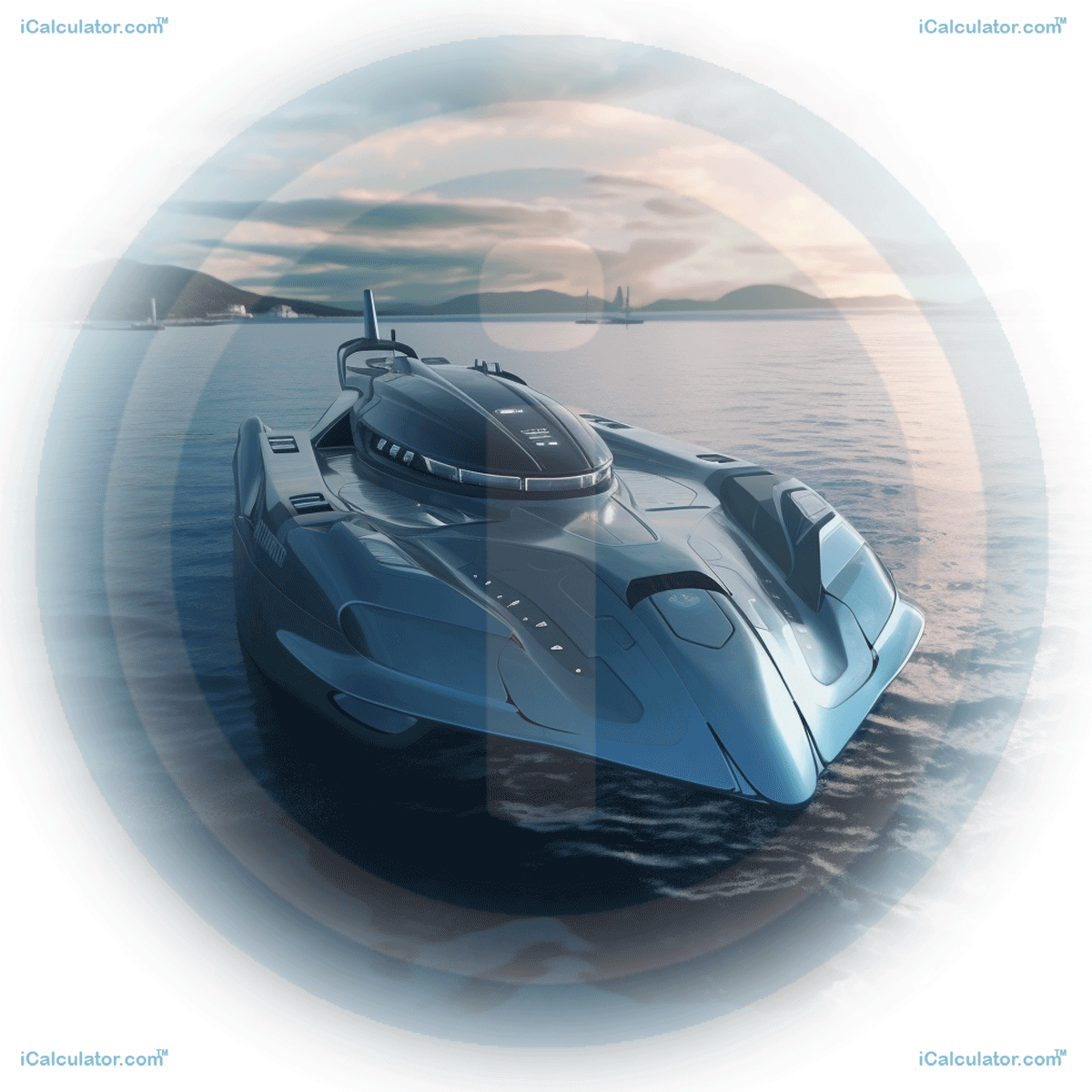Menu
Port Height Above BDC Timing Calculator
Please provide a rating, it takes seconds and helps us to keep this resource free for all to use

This tutorial aims to provide an understanding of port height above BDC timing in internal combustion engines. Port timing is a critical factor in engine design, as it affects the flow of air and fuel mixture into and out of the combustion chamber. This tutorial explains the concept of port height above BDC timing, the calculations and formulas associated with determining it, real-life applications in industry, key individuals in the discipline, and interesting facts about this topic and its significance in the field of engineering.
Port Height Above BDC Timing Calculator
| Port Height Above BDC = FPM |
Example Formula
The formula for calculating port height above BDC timing is as follows:
Where:
- Measured Stroke: The distance traveled by the piston from top dead center (TDC) to bottom dead center (BDC), typically expressed in millimeters (mm) or inches (in).
- Connecting Rod Length: The length of the connecting rod, which connects the piston to the crankshaft, typically expressed in millimeters (mm) or inches (in).
- Open Duration: The duration during which the intake or exhaust port is open, allowing the flow of air and fuel mixture or exhaust gases, typically expressed in degrees of crankshaft rotation.
Who wrote/refined the formula
The formula for calculating port height above BDC timing is a result of the collective knowledge and contributions made by numerous engineers and researchers in the field of internal combustion engines and engine design. While no specific individual is attributed to this formula, it represents the advancements and understanding gained in the study of engines and their performance characteristics.
Real-Life Application in Industry
Port height above BDC timing is a crucial parameter in the design and tuning of internal combustion engines. It affects the engine's volumetric efficiency, power output, and overall performance. Automotive manufacturers, racing teams, and engine tuners utilize port timing calculations to optimize engine performance for specific applications, such as maximizing power output in racing engines or improving fuel efficiency in everyday vehicles.
Key Individuals in the Discipline
Several individuals have made significant contributions to the field of mechanical engineering and the study of internal combustion engines. Notable figures include Nikolaus Otto, Rudolf Diesel, and Harry Ricardo. These individuals have advanced the understanding of combustion processes, engine efficiency, and engine design principles, revolutionizing the field of transportation and driving technological advancements in the automotive industry.
Interesting Facts
- Port timing optimization plays a crucial role in achieving optimal engine performance, including power output, fuel efficiency, and emission control.
- Advancements in port timing technology have led to improved engine designs, resulting in more efficient and environmentally friendly combustion processes.
- Proper port timing ensures effective scavenging and filling of the combustion chamber, enhancing overall engine performance.
- The study of port timing and its optimization is essential in various industries, including automotive, marine, and power generation.
Conclusion
Understanding port height above BDC timing is essential in the design and optimization of internal combustion engines. The calculations and formulas associated with this parameter allow engineers to fine-tune engine performance and achieve desired outcomes in terms of power, efficiency, and emissions. The study of port timing and its impact on engine performance is a crucial aspect of mechanical engineering, particularly in the field of internal combustion engines and engine design.
Engineering Calculators
You may also find the following Engineering calculators useful.
- Straight Wire Inductor Calculator
- Specific Work Calculator
- Wire Diameter Calulator
- Potential Flight Time Calculator
- Isentropic Flow Relation Between Pressure And Density Calculator
- Concrete Slab Pour Volume Calculator
- Solid Round Tube Beams Deflection Calculator
- Cantilever Beam Load Any Point Calculator
- Flat Diameter Of Auger Screw Calculator
- Transportation Highways Horizontal Curve Calculator
- Nautical Depth Calculator
- Mohrs Circle Calculator
- Gold Foil Sheet Weight Calculator
- Led Energy Savings Calculator
- Mechanical Quality Factor Calculator
- Bitumen Density Calculator
- Square Tube Section Properties Calculator
- Speaker Decibel Change From Voltage Calculator
- Spring Resonant Frequency Calculator
- Tire Size Calculator